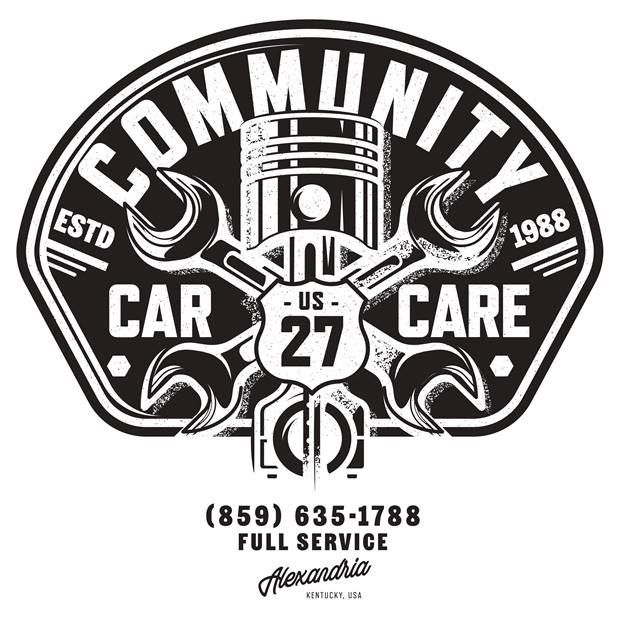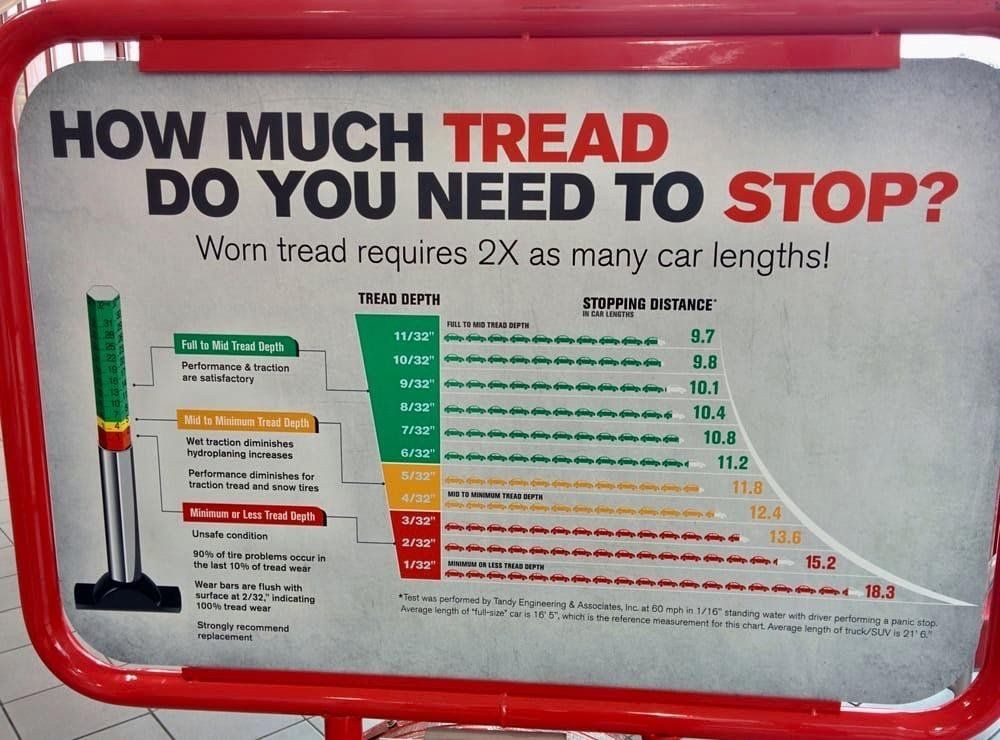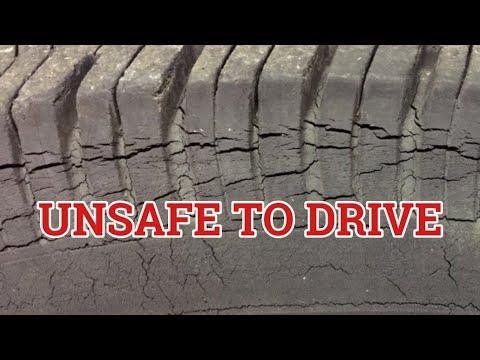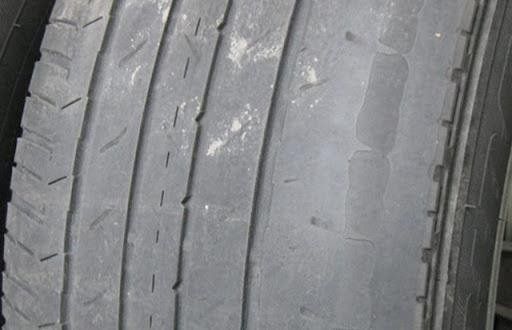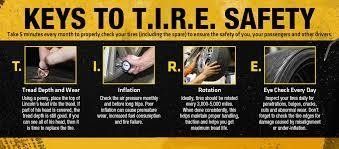What Should I Know About Tires
With the exception of brakes, tires may be the most important aspect on your vehicle that will ensure safety while driving. Unfortunately, in many instances, this is one of the most neglected aspects by many customers. Getting the most life out of your tires is financially important, but sacrificing safety is not worth the risk. Tire safety is viewed from many aspects including tread depth (how much tread is left on the tire), dry rot (caused by rubber aging and drying out), the age of the tire (manufacture date found on tire), and uneven wear or cupping (cause by improper inflation, lack of rotation and suspension alignment issues).
Tread depth on tires is measured by tire experts with a tread depth gage. Obviously, more tread provides better handling in wet and slippery conditions. In addition, better tread will decrease stopping distance especially with the need to stop quickly. Combine wet slippery conditions with a need to stop quickly and the importance of more tread magnifies.
Dry rot is a concern because the pliability and durability of the tire is compromised. In conditions where there is a continuous fluctuation in temperatures, or extremely hot temperatures, this will provide an increased chance for a “blow out”. When there is even early signs of dry rot, it is in the best interest of the customer to replace the tires and not take the chance.
The department of transportation (DOT) mandates that manufacturers stamp the date the tire was manufactured on the side of the tire. The general consensus is that tires should be replaced after 6 years regardless of how much tread the tires still have. The reasoning behind this is historical data, accumulated over the years, have proven that old tires typically are the reason behind fatal accidents. How your read the date below in outline is this tire was manufactured in the 38th week of 2011. Based on this information these tires are 10 years old and need to be replaced as soon as possible.
Uneven wear or cupping of your tires can be a safety issue as this will cause a ride disturbance (shake in the steering wheel for example) at higher speeds and thus less control of your vehicle. Uneven wear or cupping can be prevented by maintaining proper inflation, rotating tires every 3,000-5,000 miles and annual alignment checks to insure your suspension is maintaining proper alignment. However, if your tires have already reached the point where you have uneven wear or cupping the only resolution is replacement.
In conclusion, it is very important for customers to pay close attention to their tire inflation, age of the tire, consistently monitor for dry rot and check tread depths to ensure they are traveling safely. Replacement of tires can be an expensive maintenance item on your vehicle, but insuring you and your family travel safely is worth the investment.

